Knowing how to recognize mold early can save your home from costly damage and keep your family safe from health risks.
Mold can be a sneaky problem in homes, often hiding in places we can’t see until it becomes a big issue. Recognizing the early signs of mold is crucial for keeping your home safe and healthy.
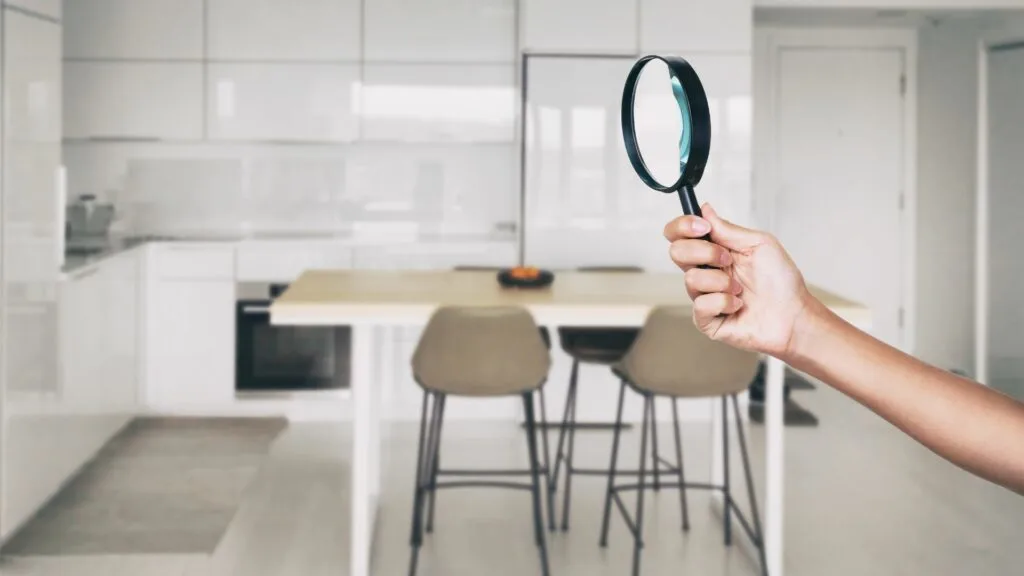
In this article, we will explore how to spot mold before it turns into a serious problem, discuss its health effects, and offer tips on how to prevent and deal with mold effectively.
Key Takeaways
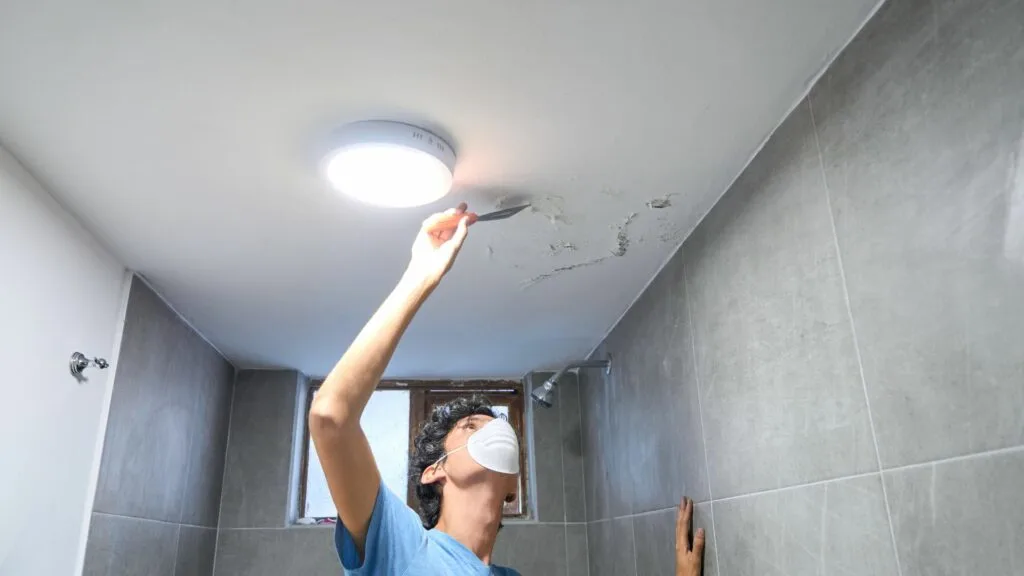
- Look for visible mold growth in damp areas like bathrooms and basements.
- Pay attention to musty smells; they often indicate hidden mold.
- Control humidity levels to prevent mold from growing.
- Act quickly to fix leaks and water damage to stop mold before it starts.
- Regularly check your home for signs of mold and keep areas well-ventilated.
Common Signs of Mold in Your Home
Visible Mold Growth
Seeing mold is a clear sign of trouble. Mold can appear in various colors and textures, making it easy to spot. Check areas like attics, basements, and under sinks regularly.
Musty Odors
If you smell a musty odor, it could mean mold is nearby. This smell often indicates hidden mold growth. Pay attention to areas with moisture, as they are prime spots for mold.
Condensation on Windows and Walls
Condensation can lead to mold if not addressed. Look for water droplets on windows and walls. This moisture can create a perfect environment for mold to thrive.
Warping or Peeling Surfaces
If surfaces are warping or peeling, it might be a sign of mold. Moisture trapped beneath surfaces can cause this damage. Inspect walls, ceilings, and floors for these signs to catch mold early.
Health Symptoms Linked to Mold Exposure
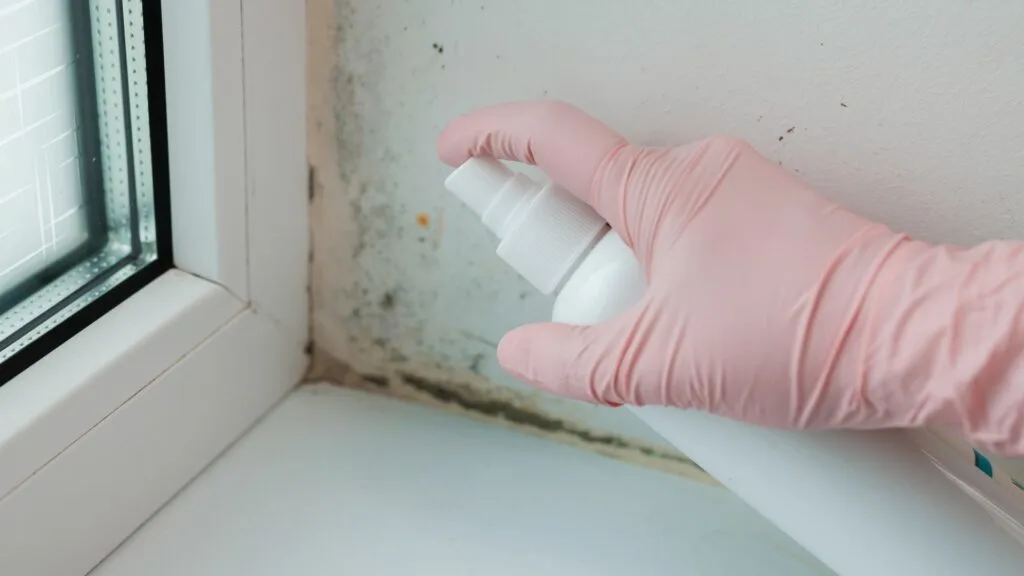
Respiratory Issues
Mold can cause serious respiratory problems. People may experience coughing, wheezing, or shortness of breath. Those with asthma are especially at risk, as mold can trigger attacks.
Skin Irritation
Contact with mold can lead to skin issues. Symptoms may include rashes, itching, or redness. Avoiding moldy areas can help prevent these reactions.
Allergic Reactions
Many people suffer from allergies due to mold exposure. Common symptoms include sneezing, runny nose, and itchy eyes. If you notice these signs, it’s important to act quickly.
Fatigue and Headaches
Feeling tired or having headaches can also be linked to mold. Extended exposure may lead to cognitive issues like memory loss. If you experience these symptoms, consider checking your home for mold.
Preventing Mold Growth in High-Risk Areas
Controlling Humidity Levels
Keep humidity low to prevent mold. Aim for 50% or lower humidity in your home. Use dehumidifiers and air conditioners to help manage moisture.
Fixing Water Leaks Immediately
Water leaks can lead to mold growth quickly. Fix leaks as soon as you spot them. Clean up any excess water to keep areas dry.
Proper Ventilation
Good airflow is essential in preventing mold. Open windows and use exhaust fans, especially in bathrooms and kitchens. Ventilate areas where moisture builds up to keep them dry.
Using Mold-Resistant Materials
Consider using mold-resistant products in high-risk areas. This includes paints, drywall, and insulation. These materials can help reduce the chances of mold growth.
Effective Mold Remediation Techniques
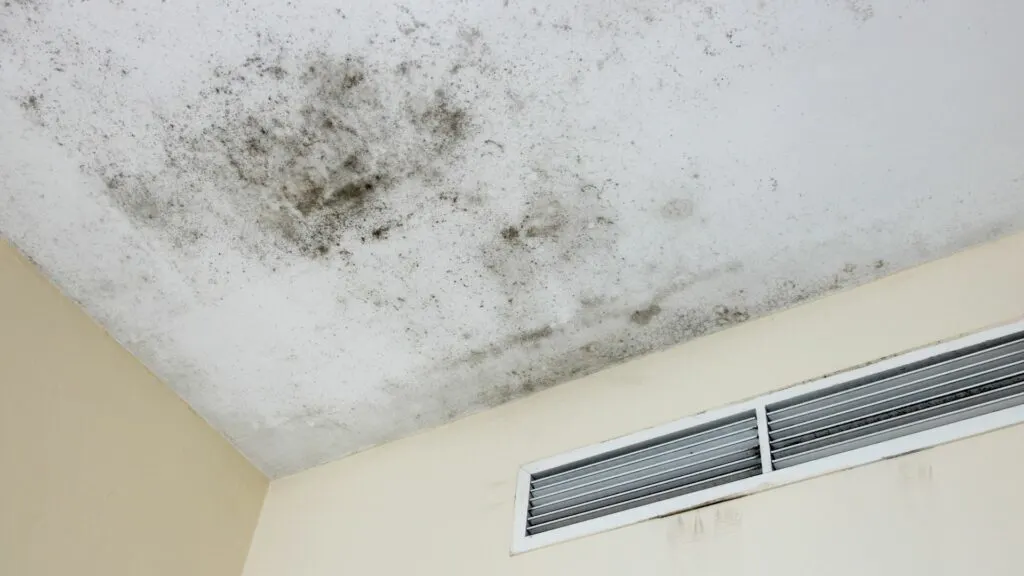
DIY Mold Removal Methods
If you find mold, act quickly to remove it. Use soap and water or a bleach solution (1 cup bleach per gallon of water) to scrub surfaces. Always wear gloves and a mask to protect yourself from spores.
When to Call a Professional
Sometimes, mold is too much to handle alone. If the area is larger than 10 square feet or if you have severe water damage, it’s best to call in experts. They have the tools and knowledge to safely remove mold without spreading spores. For homeowners in Houston dealing with extensive mold, professional mold remediation houston services are available to ensure safe and efficient removal.
In addition to professional help, homeowners can take proactive measures to prevent mold growth. Regular maintenance and monitoring of humidity levels are essential. Consider implementing a routine inspection schedule to catch any potential issues early. Furthermore, educating yourself about mold prevention techniques can empower you to maintain a healthier living environment.
Safe Disposal of Mold-Infested Items
Dispose of any moldy materials properly. Place them in heavy-duty garbage bags and seal them tightly. Remove these bags from your home immediately to prevent spores from spreading.
Cleaning and Disinfecting Affected Areas
After removing mold, clean the area thoroughly. Use a mixture of vinegar and hydrogen peroxide for stubborn spots. Ensure everything is dry to prevent mold from returning.
Understanding Different Types of Mold
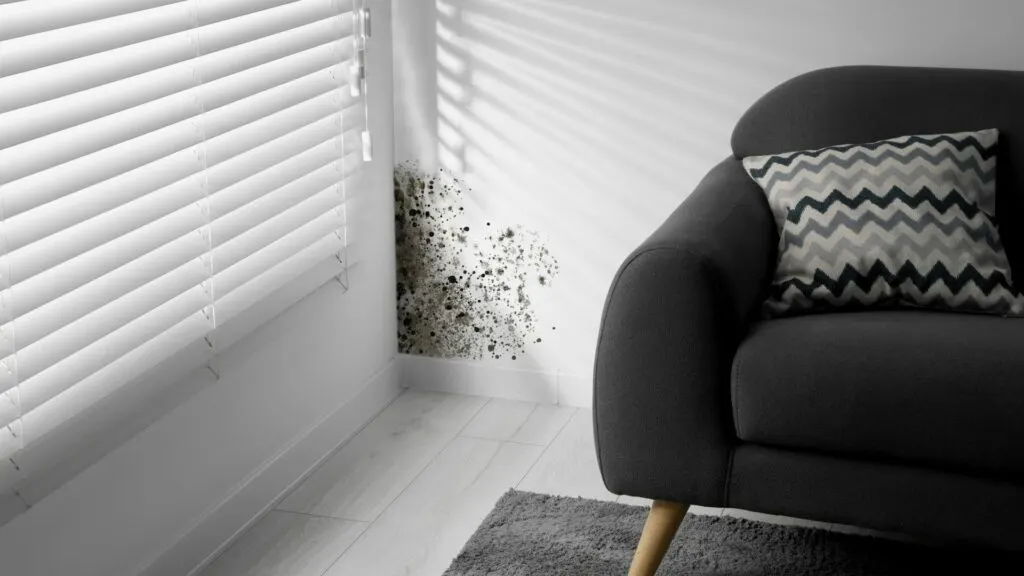
Common Indoor Molds
Mold can appear in various colors and forms. Common indoor molds include Cladosporium, Penicillium, and Aspergillus. These molds thrive in damp areas like bathrooms and basements.
Differences Between Mold and Mildew
Mildew is often confused with mold, but they are not the same. Mildew is a type of mold that grows on surfaces and is usually lighter in color. Mold, on the other hand, can be darker and more invasive.
Identifying Toxic Molds
Some molds can be harmful to health. Toxic molds like Stachybotrys chartarum, also known as black mold, can cause serious health issues. Always check for signs of mold growth in your home.
Mold Color and Texture Variations
Mold can come in many colors, including black, white, and green. It can feel powdery, fuzzy, or slimy. Understanding these variations can help you identify mold early and take action.
Maintaining a Mold-Free Home Environment
Regular Home Inspections
Check your home regularly for signs of mold. Look in damp areas like basements and bathrooms. Early detection can save you from bigger problems later.
Using Air Purifiers and Dehumidifiers
Air purifiers can help reduce mold spores in the air. Dehumidifiers keep humidity levels low, making it harder for mold to grow. Aim for a humidity level below 50% to keep your home safe.
Proper Storage of Household Items
Store items in dry areas to prevent moisture buildup. Use plastic bins instead of cardboard boxes, as they resist moisture better. Avoid clutter to allow air circulation around stored items.
Routine Cleaning and Maintenance
Regular cleaning helps keep mold at bay. Focus on areas prone to moisture, like kitchens and bathrooms. Use mold-resistant cleaning products to ensure a thorough clean.
Mold Remediation in Houston: Local Resources and Tips
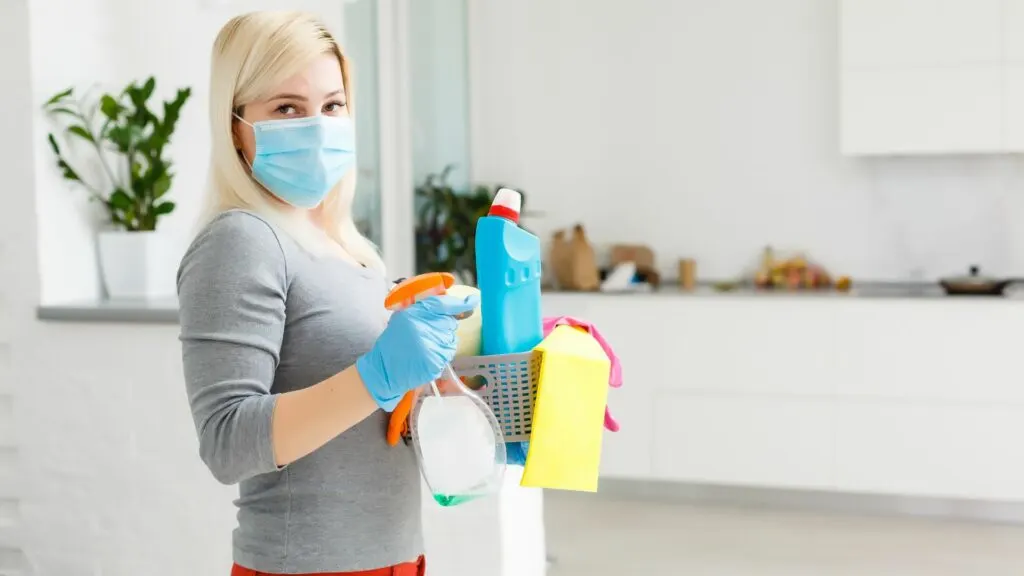
Finding Certified Mold Remediation Experts
In Houston, finding the right mold remediation experts is crucial. Look for companies that specialize in mold inspection and testing. Check their certifications and reviews to ensure quality service.
Houston-Specific Mold Challenges
Houston’s humid climate makes it a mold hotspot. Frequent rain and high humidity levels create ideal conditions for mold growth. Be proactive in addressing moisture issues to prevent mold from taking hold.
Local Regulations and Guidelines
Familiarize yourself with local mold regulations in Houston. The city has specific guidelines for mold remediation to protect residents. Following these rules ensures safe and effective mold removal.
Community Support and Resources
Houston offers various resources for mold prevention and remediation. Local health departments and community organizations provide valuable information. Utilize these resources to stay informed and keep your home safe from mold.
Final Thoughts on Mold Awareness
In conclusion, being aware of mold and its signs can help you keep your home safe and healthy. Mold can grow quickly in damp areas, so it’s important to act fast if you see or smell it. Regularly check places like bathrooms, basements, and kitchens for any signs of moisture or mold. If you find mold, clean it up right away and fix any leaks to prevent it from coming back. Remember, keeping your home dry and well-ventilated is the best way to stop mold from becoming a big problem. Stay alert and take action to protect your home and family!

Jessi is the creative mind behind The Coffee Mom, a popular blog that combines parenting advice, travel tips, and a love for all things Disney. As a trusted Disney influencer and passionate storyteller, Jessi’s authentic insights and relatable content resonate with readers worldwide.
